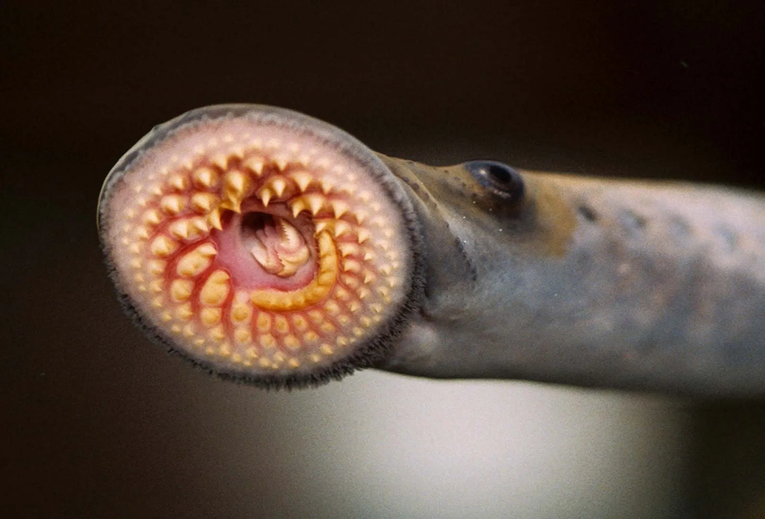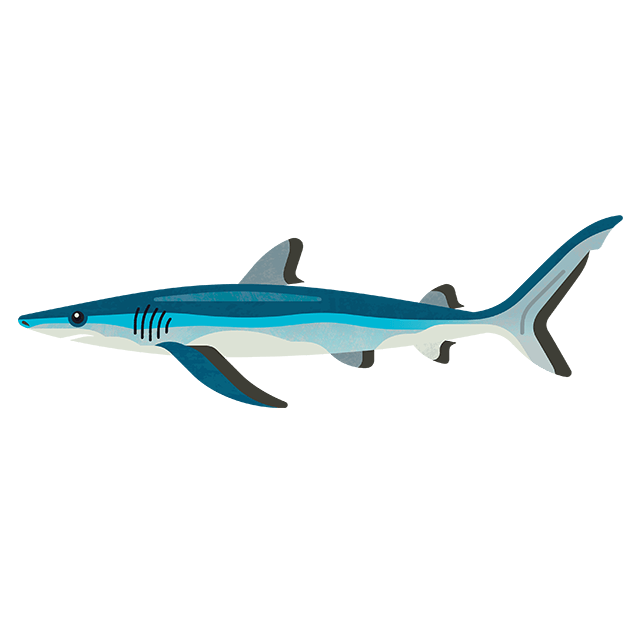
Eight scary sea creatures that really exist
Who needs make-believe monsters when we have real-life scary sea creatures?
Before you read!
Our ocean contains some of the scariest creatures that you may ever see. Take a look at just some of our favourites which give us chills below!
1. Angler fish
But the real horror lies in the mating habits: the tiny male bites into the female and fuses with her body, becoming a parasitic mate for life. Though they seem like huge monsters, female black seadevils only grow up to six inches while the male is much smaller.
2. Stargazer
It can also deliver venom through spines behind its gill covers as a form of defence, making it a fish you definitely don't want to accidentally step on. Though the venom is not lethal to humans, it is extremely painful and can cause swelling.
Some species can even generate electric shocks of up to 50 volts to stun their victims and defend themselves. Coupled with its eerie upward-facing eyes which give it a haunting stare, this has to be one of the ocean’s most unsettling residents.
3. Vampire squid
Despite its chilling name, the vampire squid neither drinks blood nor qualifies as a true squid. Instead, it’s a deep-sea enigma; its ghostly pale eyes, crimson skin, and cloak-like webbing between its arms evoke the classic image of a vampire gliding through the abyss. Hidden beneath this eerie 'cape' are fleshy spikes called cirri, which it dramatically unfurls when threatened, creating a nightmarish display that resembles a mouth full of teeth.
Its Latin name, Vampyroteuthis infernalis, translates to “vampire squid from hell,” but this creature is more misunderstood than monstrous. As the sole survivor of its ancient lineage, it’s a living fossil. It is less Count Dracula and more similar to the sun-sparkling and broody Edward Cullen, haunting the deep with quiet elegance.
4. Viperfish
A bioluminescent lure on its dorsal spine flashes like a strobe light, attracting prey in the darkness. It then strikes with incredible speed, impaling its victim on the monstrous teeth or, in some cases, caging them inside its mouth. Luckily for fish and crustaceans, viperfish have a slow metabolism, meaning they can go days or even weeks between meals, slowly digesting each catch.
It’s a predator built for the shadows but it is smaller than you might expect; most types of viperfish only grow up to 30cm long.
5. Lamprey
Resembling something out of a prehistoric horror reel, the lamprey is a jawless fish with a circular, suction-cup mouth lined with rows of sharp teeth. This slimy, scale-less fish is a natural-born survivor having been around since before even dinosaurs existed.
The scariest part is that some parasitic lampreys are local to the UK. Despite its gruesome feeding habits though, the lamprey is actually a protected species here, and its resurgence in rivers is actually a sign of cleaner waters.
6. Scorpionfish
A camouflage master, the scorpionfish blends perfectly into the coral reefs and rocky seabeds that it calls home. Its mottled skin and fleshy flaps make it almost invisible to prey. At night, it will wait motionless for fish to come close, then as if from nowhere, swallows its victims whole with its cavernous mouth.
The UK is home to two types of scorpionfish: the short-spined sea scorpion and the long-spined sea scorpion. Neither are venomous, however their spines are still very sharp and can puncture skin if not careful.
7. Red-toothed trigger fish
Don't let its feeding habits fool you though, triggerfish can be extremely territorial and become aggressive if they are disturbed, especially during breeding season. The red-toothed triggerfish is generally seen as a more docile member of the family; other species such as the titan triggerfish will charge and bite at anything they perceive as a threat, including swimmers. They are the honey-badgers of the sea: bold, territorial, and totally unbothered by size.
8. Bobbit worm
To add to its monstrous reputation, the bobbit worm has no eyes but can grow up to 10 foot long and is thought to inject a toxin to subdue its catch which, though not enough to kill a person, can leave the affected area numb afterwards.
With a name inspired by a notoriously gruesome and graphic crime which involved cutting off a man's appendage, this worm is one of the most scary marine creepy crawlies.
Why these sea 'monsters' need our help
They may look fearsome, but the real horror would be losing them forever. These extraordinary creatures are each perfectly adapted to the ocean but are under threat from rising ocean temperatures, pollution, and unregulated fishing. If we don’t act now, their habitats could vanish, and with them, some of the ocean’s most fascinating life forms.
That’s why we’re working to restore and protect our blue spaces for wildlife, for people, and for the planet. Because even the scariest sea creatures deserve a safe place to call home













